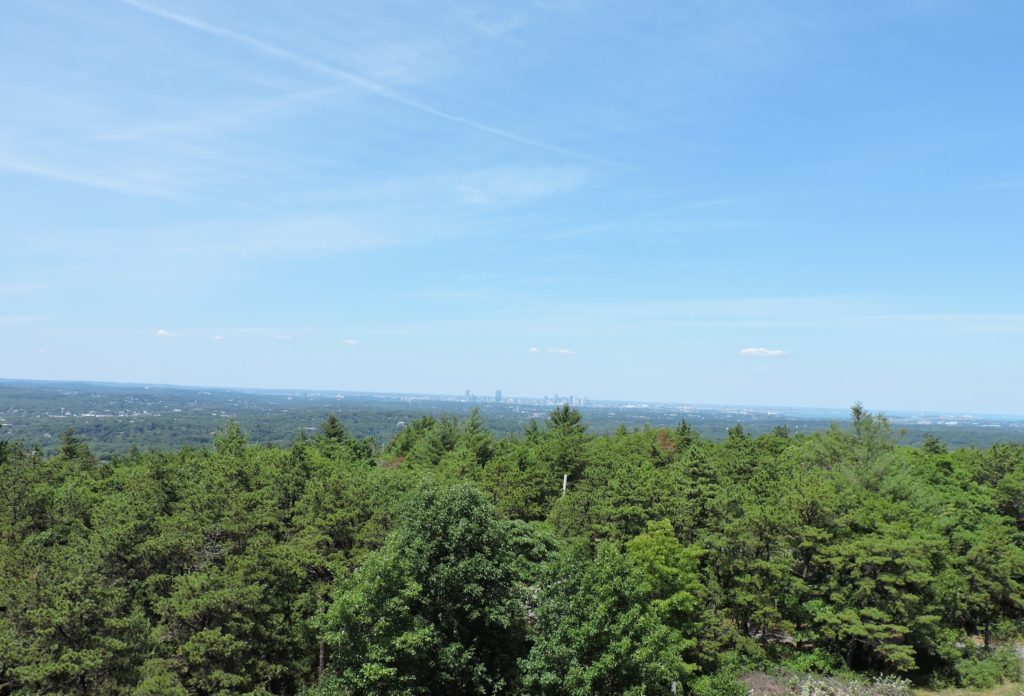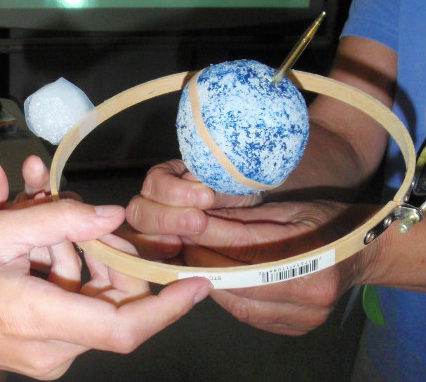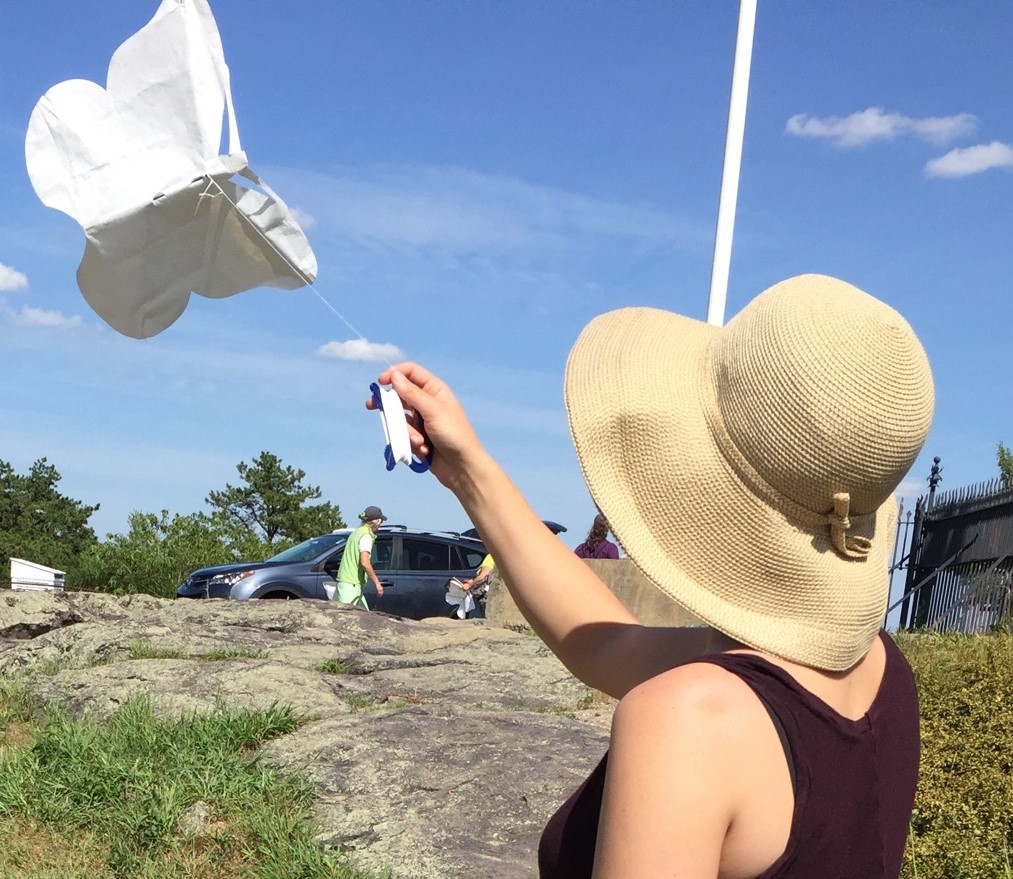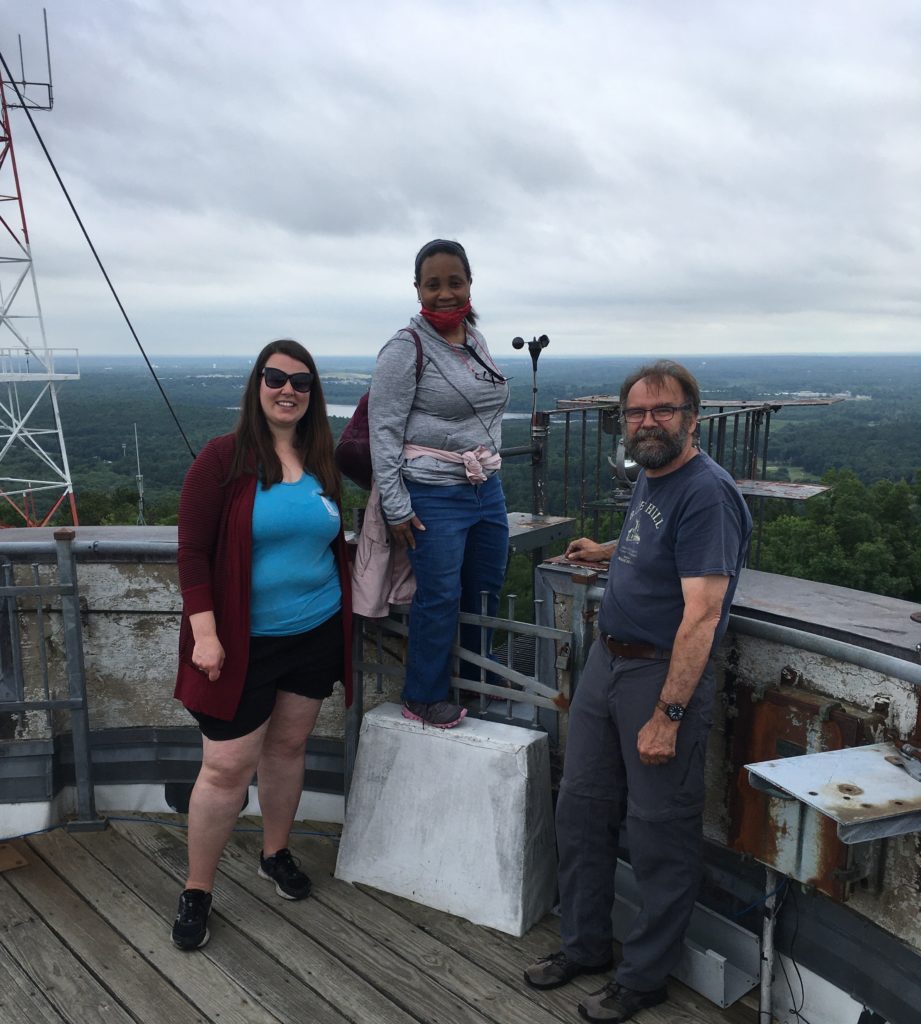Tuesday, July 13, 2021
For Immediate Release
Investigating the Science That Explains
Earth’s Weather, Climate, and Seasons
Quincy, MA – How does science explain Earth’s cycles such as weather, climate, and seasons? Seeking to enhance their knowledge of earth and space science, ten Massachusetts elementary and middle school educators from school districts across the state including Braintree, Townsend, Hudson, West Roxbury, Lexington, Lowell, Hull, and Mattapan kicked off their summer break by participating in hands-on, minds-on, inquiry-based professional development. They explored the dynamics of weather systems and seasonal cycles through inquiry-based investigations, citizen science monitoring, virtual live presentations, and asynchronous remote lessons during the Wade Institute for Science Education’s virtual Summer Professional Development Institute, Seasons and Cycles: How Weather Affects Us and How We Affect the Weather. “This course took weather and cycles to the next level,” says Katherine Budinger, grades 6-8 teacher at Lowell Public Schools. “I feel more confident in teaching weather, and I have more resources to utilize. Any grade teacher would benefit from this course.”

Educators explored the dynamics of weather systems and seasonal cycles through inquiry-based investigations, citizen science monitoring, virtual live presentations, and asynchronous remote lessons.
Educators met virtually on the first day of summer (June 21st) for a week of professional learning with the Wade Institute for Science Education and the nonprofit’s partners Blue Hill Observatory & Science Center, the EcoTarium, and the GLOBE Program Mission Earth at Boston University. “Watch what happens when I hold the flame under this water-filled balloon,” Rachel Quimby, Public Programs Coordinator for the EcoTarium, said to the teachers during an inquiry-based investigation modeling heat capacity. The Zoom video feed flicked between the presenter and the participants who were conducting their own hands-on investigations and comparing their observations. Since they noticed differences in heat capacity between air and water modeled in the activity, educators wondered about the practical implications of changes in Earth’s atmospheric or oceanic temperatures. Further investigations revealed how earth’s tilt and elliptical orbit around the sun impact our weather, local climate, and seasons. With a kit of program materials provided by the Wade Institute on hand, educators put their minds on answering questions like, “How do clouds form?” and “What causes the weather?”

Educators explored earth’s seasons and cycles through hands-on, minds-on, inquiry-based investigations.
“What type of cloud formations are these?” asked Don McCasland, Program Director at Blue Hills Observatory & Science Center, while sharing the view from the historic observatory’s weather data collection tower. “Altostratus with cirrus layers,” someone said. The educators gazed out of their own windows to identify and compare the weather near them. Through this virtual visit, educators witnessed data collection techniques dating back to 1885 and observed atmospheric conditions during kite flying and balloon release investigations. They even explored the intersections of science, engineering, art, and mathematics as they built their own kites for weather observation. The teachers asked a lot of questions as they made connections between daily local weather patterns, analogies such as extreme weather events, and global climate change. Don went on to explain that the long-term weather data collected at the observatory is used by a variety of organizations including the National Weather Service, local news broadcasters, and classroom teachers hoping to connect their students to more authentic research.

Educators used kites to make weather observations.
Don DeRosa and Peter Garik from The GLOBE Program Mission Earth at Boston University used data visualization techniques to help educators differentiate between short-term weather patterns and long-term climate change. Looking at a series of models and graphs, educators reviewed the complexities of Earth’s weather systems and cycles of water and carbon. The teachers thought globally as they investigated variances in cloud cover, air and soil temperatures, and tree biomass over time using the GLOBE Observer app that contributes to NASA’s long-term climate data. They discussed albedo, microclimates, carbon sequestering, and more as they shared ideas for engaging students in real-world problem solving and climate science research using inquiry-based investigations and citizen science monitoring tools that tap large-scale and long-term data.
Over the coming weeks, educators will be reflecting on their practice and thinking about how to bring the institute’s content back to their classrooms. Considering her experience, Katherine Budinger says, “It was challenging and really made me think. The hands-on activities set this course apart from many others I have taken, making it much more enjoyable and relevant to teaching. For example, kite building and flying can be used as a cross-curricular activity with math, geography, and even ELA. The balloon releases were exciting and would easily translate to any grade classroom as would the cloud in a bottle. The coordinators compiled a list of all the resources we shared during the course and shared it with us at the end so we can refer back to the many ideas that were discussed.”
Another participant, Shona Daye, PreK-3 Teacher at Ellison Park – Early School in Mattapan, reflected on her participation in the institute. “‘Seasons and Cycles’ is comparable to the latest graduate courses but the cost is much better,” she said, “The instructors are so knowledgeable about weather and science, I felt honored to be taught by weather experts. The non-lecture style of teaching, the examples, and the materials provided all gave me great tools I could use in my classroom for my students.” For Shona, a post-institute trip to Blue Hill Observatory & Science Center was “the icing on the cake.” She and fellow educator Sarah Clark, eighth grade teacher at South Middle School in Braintree, released their own weather balloons with Don McCasland and toured the observatory to view the weather data collection instruments. “We tested everything we learned about,” she said, listing out topics covered during the virtual institute, “cloud cover, visibility, haze, categorizing clouds, the sun recorder, the anemometer, and other weather tools. It was great.”

Educators Shona and Sarah toured Blue Hill Observatory & Science Center with Don McCasland following the institute.
Photo courtesy of Shona Daye and Sarah Clark
Katherine, Shona, and their fellow grades 3-8 educators will return to school in the fall equipped with a toolkit of inquiry-based and phenomena-based investigations, digital resources, and new STEM content to more effectively engage their students in earth and space science. They will have each other as well as the Wade Institute for Science Education and its partners as resources to access and to share ideas for classroom implementation of inquiry-based science investigations that will have their students looking at the world in a different way!
###
The Wade Institute for Science Education specializes in providing inquiry-based, hands-on, minds-on, science, technology and engineering professional development for K-12 teachers and informal educators. For more information, visit www.wadeinstitutema.org or call 617-328-1515.
